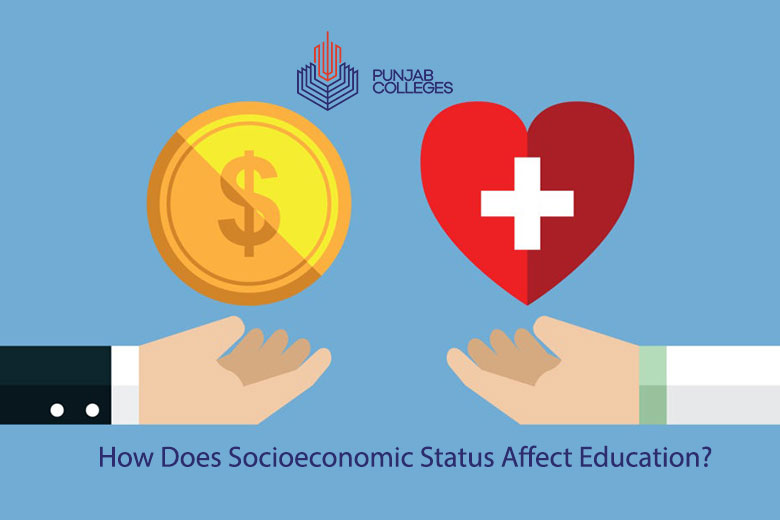Title: Exploring the Interplay between Socioeconomic Status, Education, and Health Outcomes
Introduction
The relationship between socioeconomic status, education and health outcomes has been acknowledged as a vital factor determining individual and community well-being. Indeed, this is a compelling example of how various social and economic factors are interconnected to form our health paths. This article will explore the relationship between SES, education, and health from different angles focusing on disparities and obstacles, while also suggesting possible ways of solutions to bring health equity.
Understanding Socioeconomic Status and Education:
Socioeconomic status refers to the measure of individuals’ relative positions and experience the income, educational level, occupation, and access to resources. SES is one of the most robust predictors of health, as it affects almost every aspect of health, from life expectancy to disease prevalence. It is noteworthy that many high SES individuals enjoy greater economic resources, educational opportunities, and social networks, which are essential factors in determining health behaviors and health status. The level of education is a constituent of socioeconomic status . Education is widely identified as a significant determinant of health behaviors, access to quality health care, and general socioeconomic opportunities. Higher education is strongly associated with various health outcomes such as low mortality rates, and low risks of chronic diseases, while mental and other well-being is improved.
Health Disparities and Socioeconomic Inequality:
The evident relationship between SES, education, and health outcomes results in prominent disparities between health outcomes for people from various socioeconomic backgrounds. Persons with a low SES background struggle to access high-quality healthcare, proper nutrition, safe housing, and high-quality education . As a consequence of the negative predisposition to gaining these resources, a vicious cycle of poor health outcomes is born, which makes the level of SES and quality of life even lower, continually expanding the health gap between the more and less privileged. Several additional contributing factors such as racial and ethnic discrimination and segregation, barriers to quality care, and lack of resources perpetuate the problem, making it more complex and interlinked.
Impact on Physical Health:
Physical health is significantly impacted by one’s socioeconomic status and level of education. Individuals with lower SES are at a higher risk of obesity, hypertension, diabetes, and other conditions . Restricted access to medical services, preventive screenings, inability to afford a healthy lifestyle also contribute to these disparities. Education, conversely, prevents these conditions as it empowers people to make the right choices and bypass hurdles when engaging with the healthcare system. Moreover, people with higher education tend to earn more, which gives them an opportunity to purchase better insurance, buy expensive medications, and engage with healthcare services.
Impact on Mental Health:
Furthermore, the connection of SES and education with mental health outcomes is also profound. Socioeconomic adversity, such as poverty, unemployment, and house insecurity, can trigger feelings of stress, anxiety, and depression. Education also acts as a protective factor and helps individuals to develop resilience, coping mechanisms, and socioemotional support systems . Nevertheless, the inequities in access to mental health care and stigma concerning mental illness remains high, especially among vulnerable populations. The elimination of poverty and discrimination and access to care, is essential for promoting mental well-being and reducing disparities.
Intergenerational Impact and Lifelong Health:
Effects of SES and education also ripple across generations as they impact health across the life course. For instance, children born in a more deprived socioeconomic context are more likely to experience poor health throughout their life course. Moreover, the quality of early childhood education, availability of healthy diet, and exposure to environmental stressors all largely impact later health outcomes. Accordingly, breaking the cycle of poverty and offering better educational opportunities to the upcoming generation are critical strategies to ensure more equitable population health. Policymakers should facilitate investment in early childhood development programs, parental support services, and educational programs as ways to reduce the negative effects of socioeconomic disadvantage.
Addressing Health Inequities:
Addressing the link between SES, education, and health outcomes requires multifaceted approaches at the individual, community, and policy levels. Investing in education, early childhood development programs, and vocational training can empower individuals to overcome socioeconomic barriers and improve their health prospects. Additionally, policies aimed at reducing income inequality, expanding access to healthcare, and promoting healthy environments are crucial for addressing systemic health inequities. Collaborative efforts between government agencies, healthcare providers, educators, community organizations, and advocacy groups are needed to develop and implement policies that promote health equity and social justice.
Conclusion
The relationship between health outcomes, education, and socioeconomic status emphasizes the necessity of equitable and comprehensive approaches to healthcare and education. We can strive toward a future where everyone, regardless of socioeconomic background, has the opportunity to thrive by addressing the underlying causes of health disparities, fostering inclusive policies, and promoting educational opportunities. In order to achieve health equity, social justice, group effort, and a dedication to creating a more just and healthy society for all are necessary. All people have the right to a healthy and fulfilling life, but we cannot achieve this without working together and making consistent investments in social welfare, healthcare, and education.
References
- Adler, N. E., & Stewart, J. (2010). Health disparities across the lifespan: Meaning, methods, and mechanisms. Annals of the New York Academy of Sciences, 1186(1), 5-23.
- Braveman, P., & Gottlieb, L. (2014). The social determinants of health: It’s time to consider the causes of the causes. Public Health Reports, 129(Suppl 2), 19-31.






























